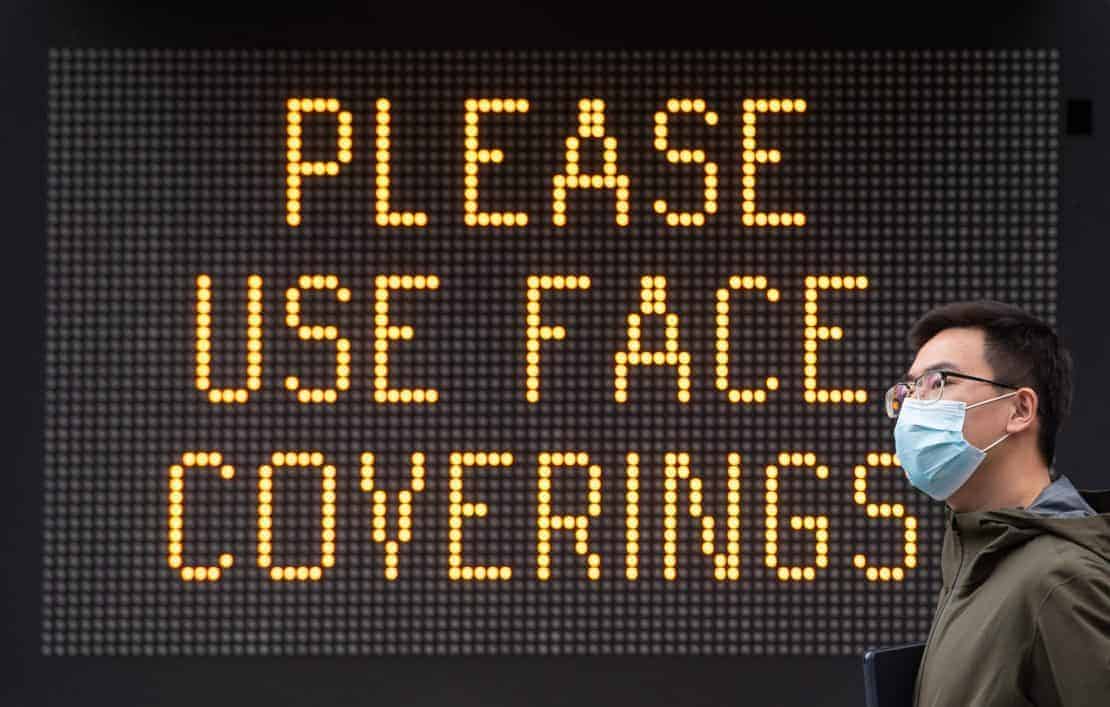
Credit;PA
The reproduction number, or R value, of coronavirus transmission across the UK has risen above 1.
Data released on Friday by the Government Office for Science and the Scientific Advisory Group for Emergencies (Sage) shows the estimate for R across the UK is between 1.0 and 1.2. The last time R was above 1 was in early March, according to Government advisers.
Also Coronavirus cases in England were doubling every seven to eight days at the beginning of September, new data suggests.
It is estimated that between August 22 and September 7, 13 people per 10,000 were infected, compared with four people per 10,000 between July 24 and August 11.
According to the latest round of the Real-Time Assessment of Community Transmission (REACT-1) study, Covid-19 cases are shown as no longer clustering in healthcare or care home settings, as seen in May and June.
Experts say this suggests the virus is now spread more widely in the community.
It comes as the number of newly diagnosed cases continues to rise, with higher incidence seen in young people aged 18 to 24 years.
According to Government advisers, the last time R was above 1 was in early March.
R represents the average number of people each Covid-19 positive person goes on to infect. When the figure is above 1, an outbreak can grow exponentially.
In England, R is between 1 and 1.2.
The figure is slightly higher in London and the North West – between 1.1 and 1.3 in both regions.
The estimates for R and growth rate are provided by the Scientific Pandemic Influenza Group on Modelling (SPI-M), a subgroup of Sage.
The growth rate of coronavirus transmission, which reflects how quickly the number of infections is changing day by day, has also increased slightly.
For the whole of the UK, the latest growth rate is between minus 1% and plus 3% per day.
The growth rate means the number of new infections is somewhere between shrinking by 1% and growing by 3% every day.
The most likely value is towards the middle of the range, experts advising the Government say.
But they also said R and growth rates are not the only important measures of the epidemic and should be considered alongside other metrics.
These include the number of new cases of the disease identified during a specified time period (incidence), and the proportion of the population with the disease at a given point in time (prevalence).
In the East of England, the R number is 0.9-1.2, while the growth rate is between minus 1% and plus 4%.
The R number in the Midlands is 0.9-1.1, while the growth rate in the region is between minus 1% and plus 3%.
In the North East and Yorkshire, the R value is 1.0-1.2, while the growth rate is between plus 1% and plus 5%.
In the South East, the R value in the region is 1.0-1.2, while the growth rate is between zero and plus 4%.
The South West has an R value of 0.9-1.2 and a growth rate of between minus 1% and plus 4%.
In London, the growth rate is between plus 2% and plus 4% while in the North West, the figure is between plus 2% and plus 5%.
Related – Top 10 reactions as PM announces plan to enlist ‘Covid Marshals’